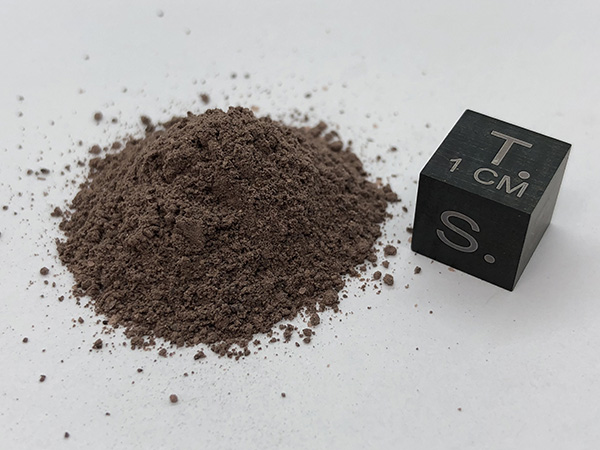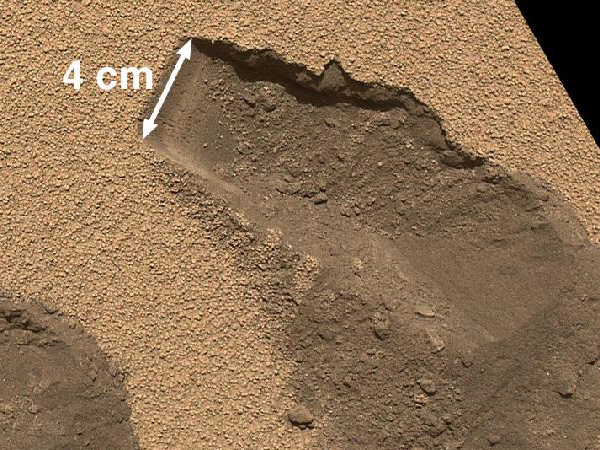Exolith Simulant: MGS-1 Mars Global Simulant
Mineralogy
The mineralogy below is the most up-to-date, superseding that described in Cannon et al. 2019.
| Mineral | Wt.% |
|---|---|
| Plagioclase | 27.1 |
| Glass-rich basalt | 22.9 |
| Pyroxene | 20.3 |
| Olivine | 13.7 |
| Mg-sulfate | 4.0 |
| Ferrihydrite | 3.5 |
| Hydrated silica | 3.0 |
| Magnetite | 1.9 |
| Anhydrite | 1.7 |
| Fe-carbonate | 1.4 |
| Hematite | 0.5 |
Current Status: Available
Developed By: University of Central Florida
Mars Global Simulant (MGS-1) is a mineralogical standard for basaltic soils on Mars, developed based on quantitative mineralogy from the MSL Curiosity rover. It is designed to replicate the Rocknest windblown soil, that is chemically similar to other basaltic soils at disparate landing sites and thus constitutes a “global” basaltic soil composition. MGS-1 is made by sourcing individual minerals, including a proper treatment of the X-ray amorphous component. This is in contrast to previous Mars simulants that were usually sourced from a single terrestrial deposit (basalt or palagonite).
Modified versions include MGS-1S Sulfate ISRU and MGS-1C Clay ISRU, specifically designed for water extraction applications. The root MGS-1 simulant is appropriate to test water extraction from bulk regolith.
Images
Photograph of an MGS-1 prototype:

MAHLI image of the Rocknest soil (credit NASA/JPL-Caltech/MSSS):
